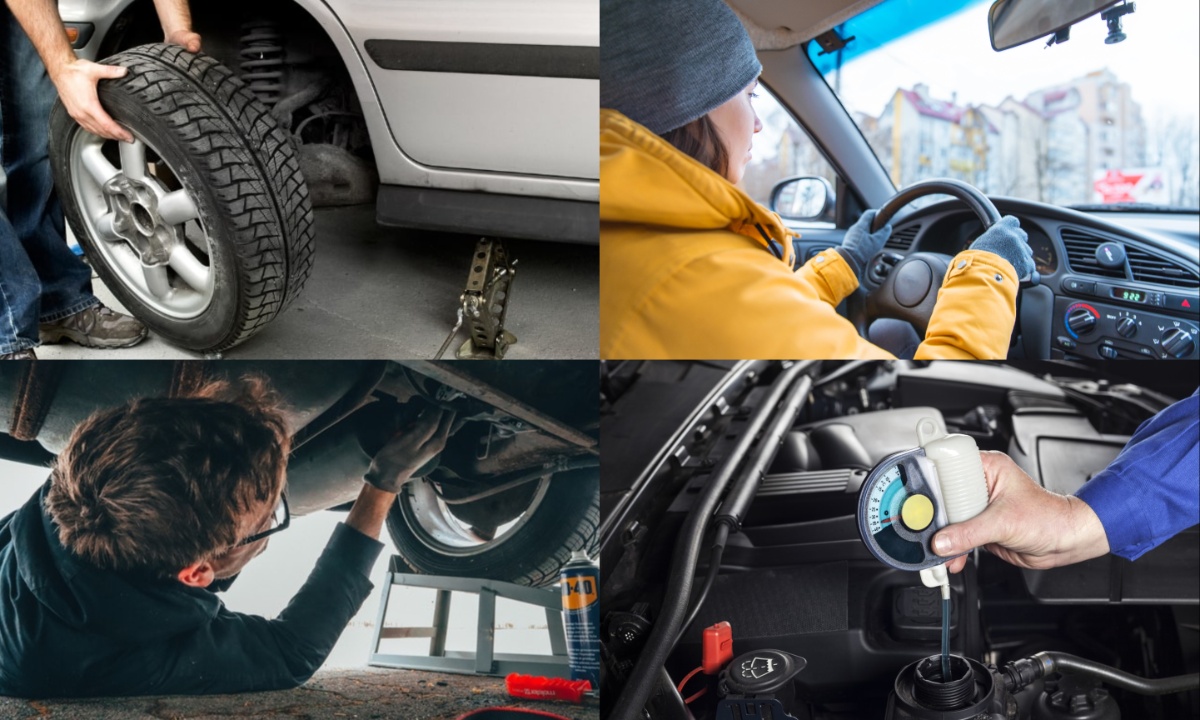Motorsport vehicles endure extreme conditions that demand more than just casual upkeep. Whether you’re racing professionally or enjoying the thrill recreationally, regular maintenance is essential to keep your car performing at its peak.
Unlike standard vehicles, motorsport cars aren’t covered under traditional used car warranties for basic upkeep, making self-maintenance even more crucial. From oil changes to tire rotations, these proactive steps can prevent costly breakdowns and ensure your car is race-ready.
In this guide, we’ll cover ten essential maintenance practices that every motorsport enthusiast should follow to preserve performance, enhance safety, and extend their vehicle’s lifespan.
1. The Necessity of Routine Maintenance
Consistent upkeep is the backbone of motorsport vehicle health. Regular tune-ups help detect issues early, preventing small problems from escalating into major repairs. For instance, a yearly engine check can catch potential failures before they become catastrophic, saving both time and money.
Oil changes, too, are critical; they keep the engine lubricated and prevent friction that can lead to overheating or breakdowns.
While some maintenance may seem minor, neglecting it could severely affect performance on the track. Developing a maintenance routine ensures your car runs efficiently and minimizes the risk of unexpected failures mid-race.
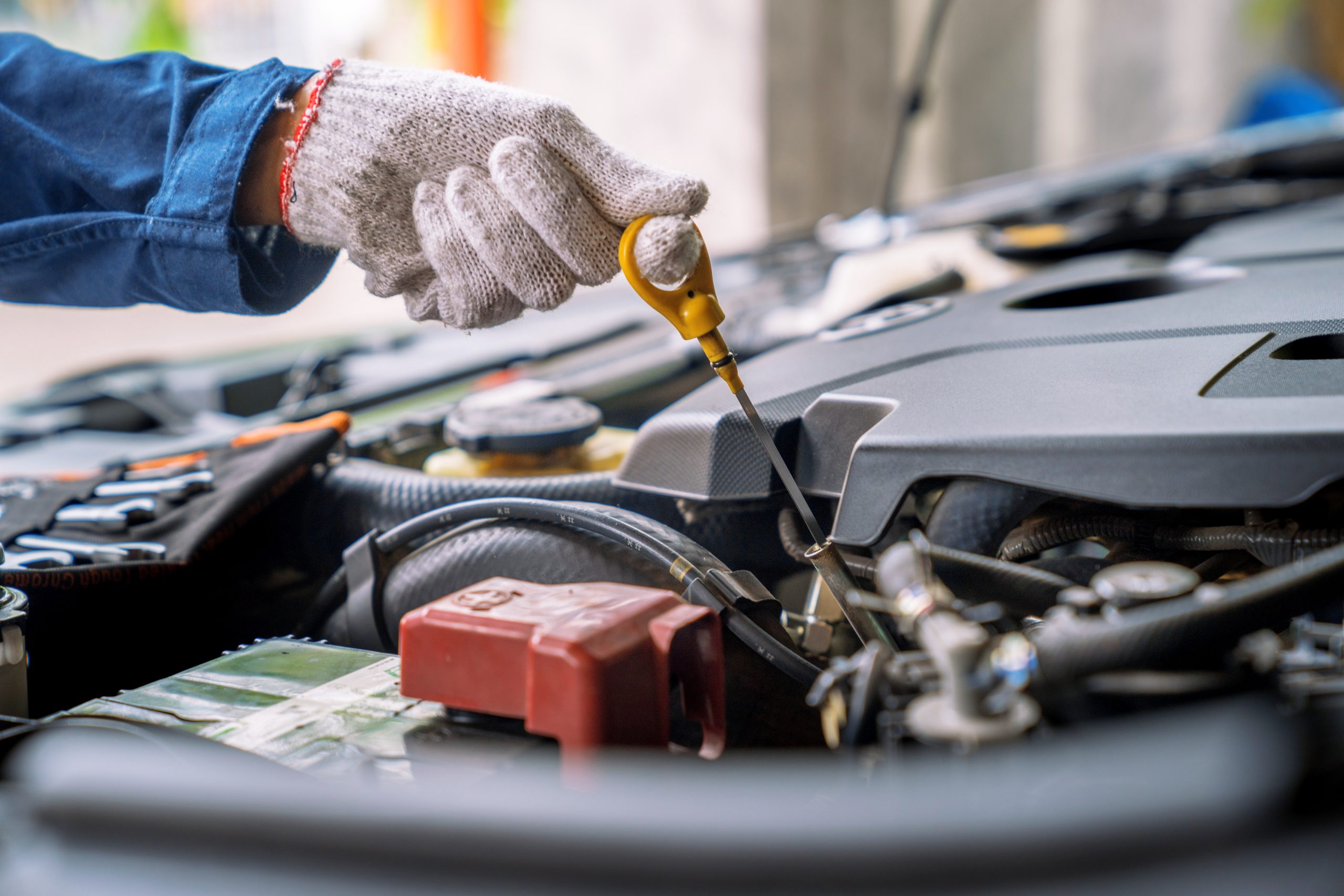
2. Oil and Filter Changes: Your First Line of Defense
In the high-stakes world of motorsports, oil and filter changes are more than just routine—they’re crucial. Over time, oil degrades, losing its ability to lubricate and protect engine components.
This can result in overheating and accelerated engine wear. Regular oil changes—every 3,000 miles or as per the manufacturer’s recommendation—ensure optimal engine performance.
Simultaneously, a clean oil filter removes contaminants that can clog and damage your engine. If you’re preparing for a race, never skip this step. A fresh oil change can mean the difference between a podium finish and a pit-stop disaster.
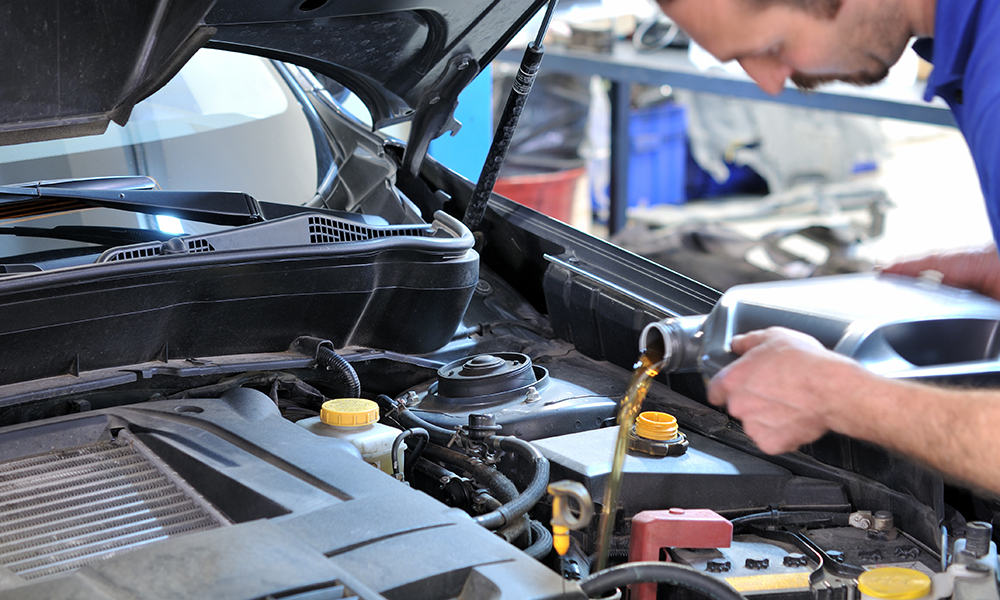
3. Tire Inspections: Grip, Safety, and Speed
Tires are your car’s only contact with the road, making their condition crucial in motorsport. Worn or damaged tires can significantly impact performance, reducing traction and increasing the risk of accidents.
It’s important to inspect your tires regularly for cracks, bald patches, and other visible signs of wear. Also, check the tire pressure before every race session. Replacing tires when necessary improves handling, safety, and efficiency.
Investing in high-quality racing tires and maintaining them properly ensures that your car can corner sharply and accelerate confidently, no matter the conditions on the track.
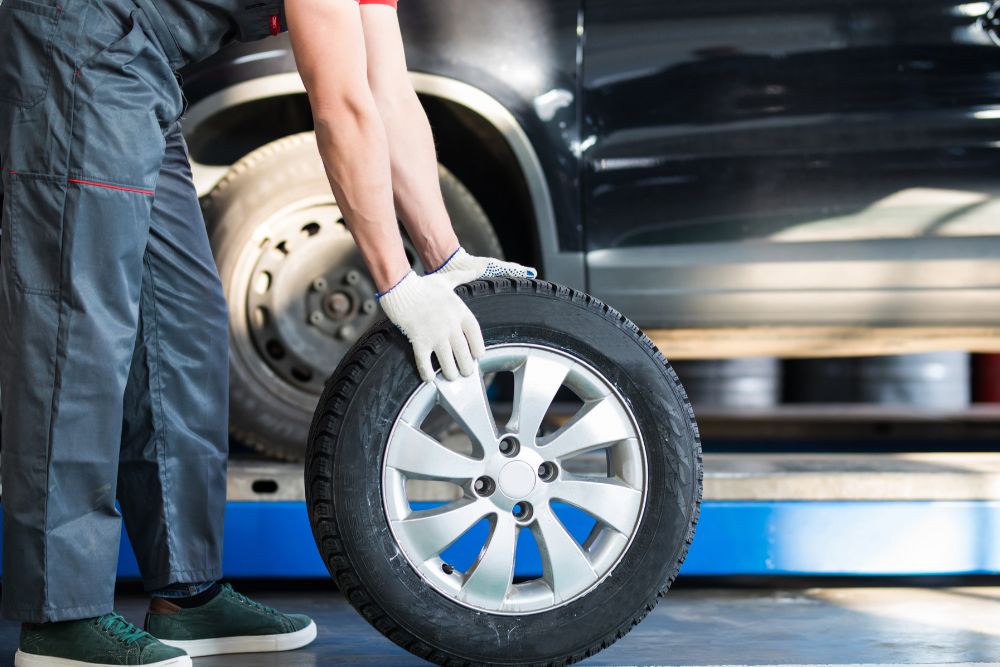
4. Keep It Breathing: Replacing the Air Filter
The air filter is a small but vital component that protects your engine from dust, debris, and other airborne contaminants. Over time, a dirty air filter can restrict airflow, reducing engine performance and fuel efficiency.
Most manufacturers recommend replacing the air filter every 12,000 miles, but dusty or demanding environments may require more frequent changes.
A clean filter allows the engine to “breathe” properly, enhancing power output and responsiveness—both of which are critical on the track. Whether you DIY or hire a professional, keeping your air filter fresh is an easy way to maintain peak performance.
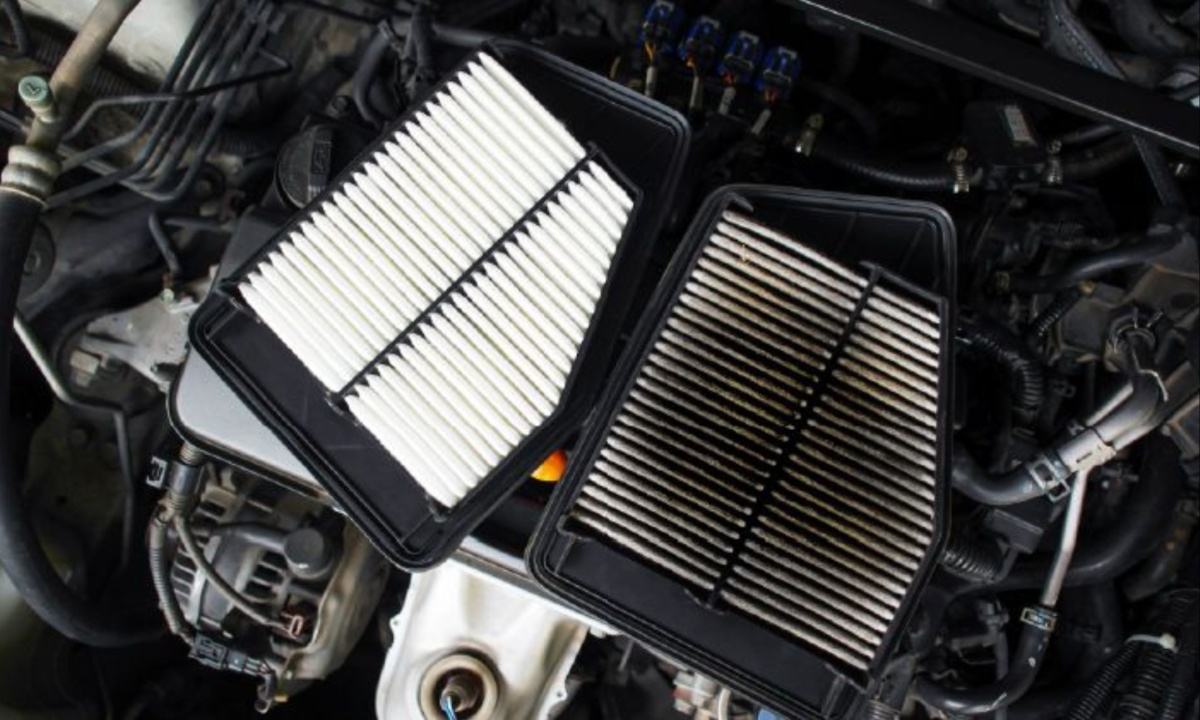
5. Checking and Topping Off Fluids
Your car relies on a variety of fluids to function smoothly—engine oil, coolant, power steering fluid, and windshield washer fluid, to name a few. Checking these levels regularly and topping them off with manufacturer-approved fluids can prevent overheating, loss of control, and visibility issues.
This step is quick and simple, yet it can significantly extend your car’s life. Always inspect for any discolored or low fluid levels, and ensure caps and lids are properly secured. This habit not only enhances performance but also gives you peace of mind knowing your vehicle is track-ready.
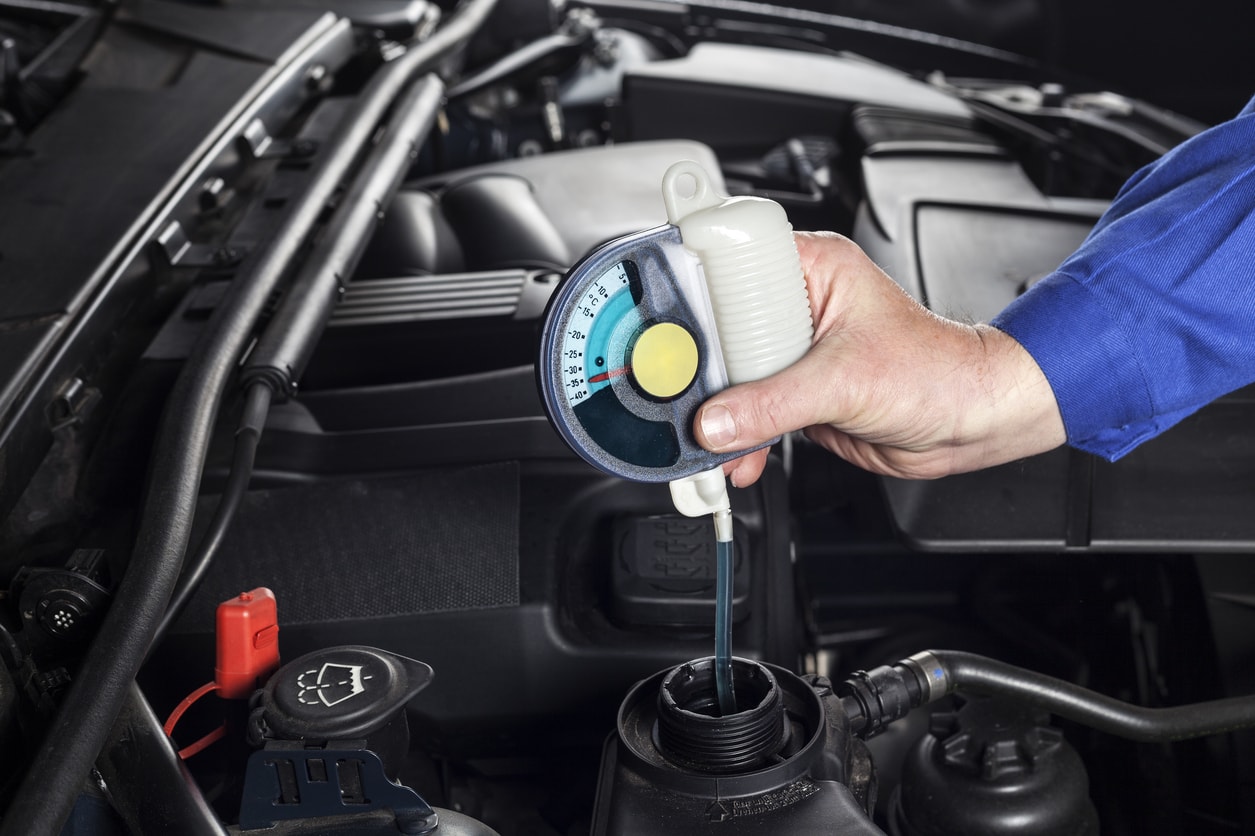
Also Read: 10 Cars From the 1990s That Highlight the Struggles of a Changing Auto Industry
6. Fixing Leaks Before They Worsen
Leaks can sabotage your performance and pose safety hazards. Whether it’s oil, coolant, brake fluid, or tire air, even minor leaks can compromise your vehicle. Regular inspections help spot early signs of trouble, like puddles under the car or low fluid levels.
Check hoses, gaskets, and clamps for signs of wear or corrosion. Fixing leaks promptly helps maintain pressure systems and prevents further mechanical issues. In motorsport, where timing is everything, eliminating leaks ensures your car is running efficiently and minimizes the risk of race-day failures. Don’t underestimate the power of this small yet essential step.
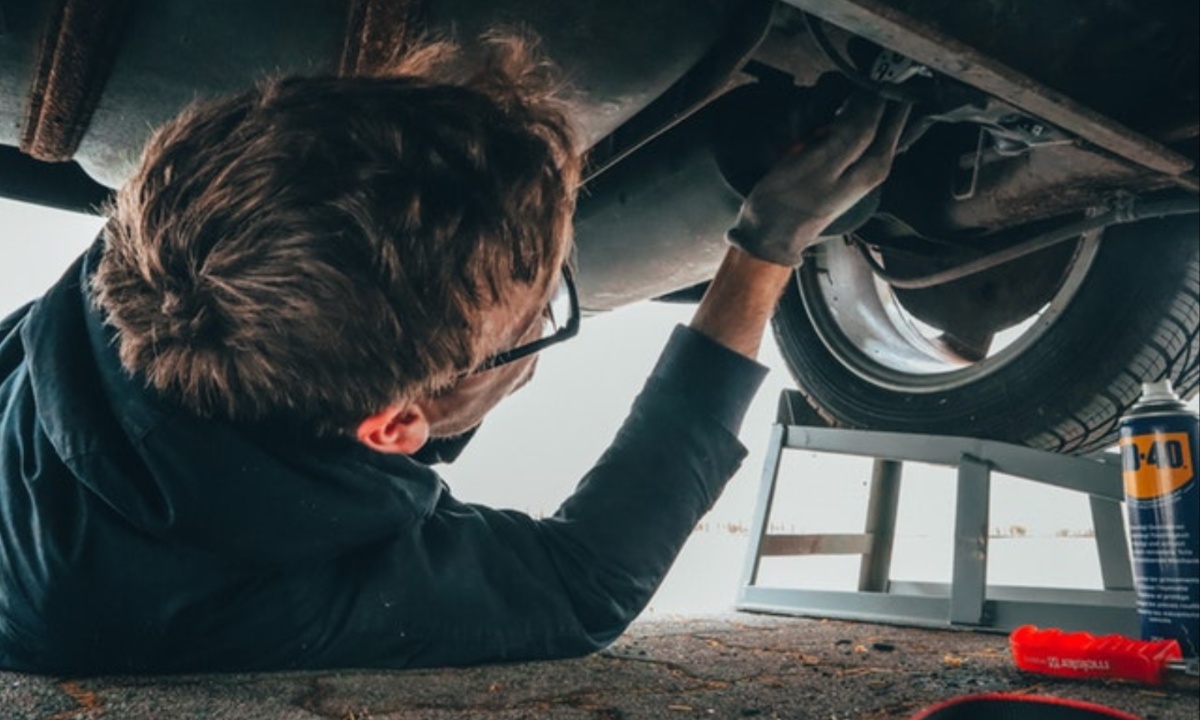
7. Protecting Your Paint: Park in the Shade
While it may not affect mechanical performance, protecting your car’s exterior is still vital. Exposure to harsh sunlight can cause the paint to fade, crack, and peel over time. Parking in the shade or inside a garage preserves your car’s aesthetic appeal and resale value.
Moreover, a clean and well-maintained exterior reflects the overall care of the vehicle, which can matter during inspections or sponsorship evaluations. Invest in a car cover for added protection when shade isn’t available. A gleaming paint job might not make you faster, but it certainly keeps your car looking track-ready.

8. The Importance of Tire Rotation
Uneven tire wear is a common issue in motorsports, especially with the front tires bearing the brunt of the engine’s weight and steering duties. Regular tire rotation ensures that all tires wear evenly, extending their lifespan and maintaining balanced handling.
The standard rotation involves switching front and rear tires, but your vehicle’s manual might recommend a specific pattern. Rotating tires every 5,000–8,000 miles ensures even traction, improves fuel efficiency, and enhances safety.
For race cars, more frequent rotation may be necessary. This simple habit can also improve lap consistency by maintaining predictable grip levels.
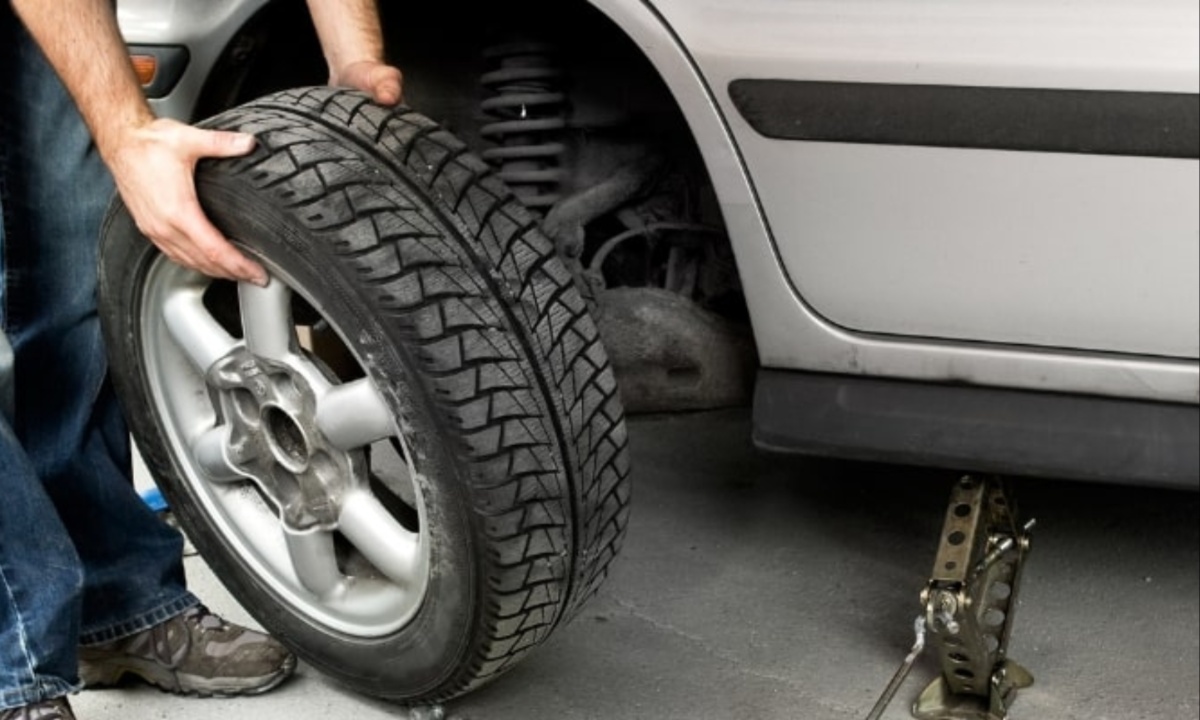
9. Keep It Clean: Monthly Washing Matters
Washing your car regularly—at least once a month—is not just about looks. Dirt, grime, and track debris can accumulate and cause long-term damage to the paint and undercarriage.
In racing environments, dust buildup can also affect visibility and airflow, which impacts performance. A clean car also makes it easier to spot issues like fluid leaks or body damage.
Use motorsport-friendly cleaning products and be sure to dry the car thoroughly to prevent water spots. This small investment of time boosts both appearance and functionality, proving that cleanliness is indeed next to speediness.
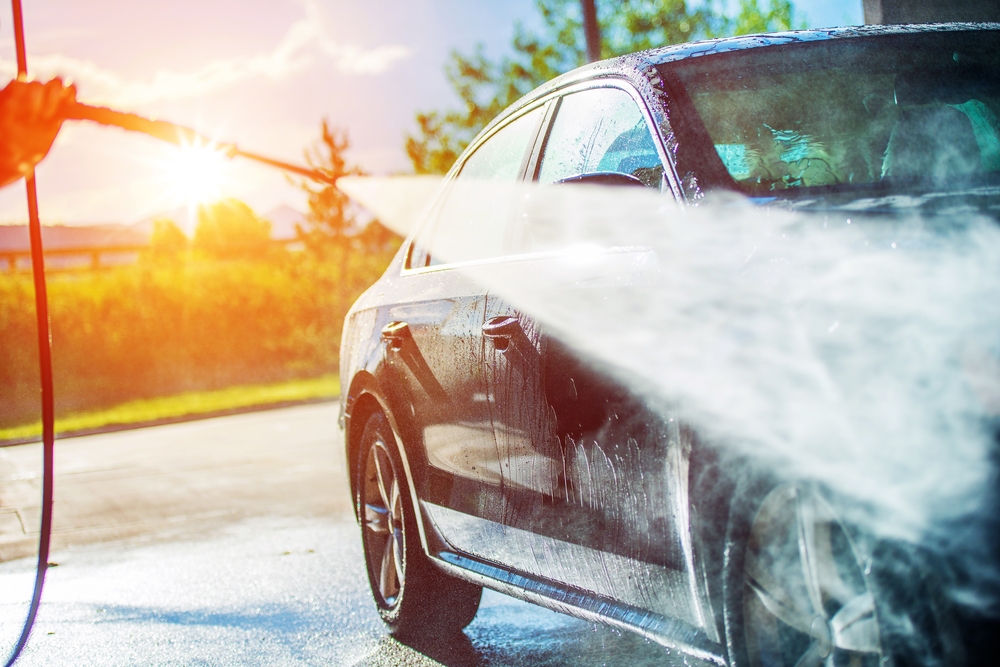
10. Warm It Up Before You Hit the Road
Starting your engine and immediately driving hard can lead to unnecessary wear. When cold, the engine oil is thick and hasn’t yet circulated fully, leaving parts unprotected.
Allowing the engine to warm up—usually just a few minutes—lets the oil thin out and lubricate all internal parts effectively. This practice is particularly important in motorsports, where engines are under extreme strain.
A short warm-up can extend your engine’s life and improve initial throttle response. Think of it as stretching before a race—essential, quick, and beneficial in the long run.

Maintaining a motorsport vehicle is a responsibility that pays off in performance, safety, and longevity. Each of these maintenance tips—while simple—forms the foundation for a reliable, high-performing machine.
Whether you’re a weekend warrior or a serious racer, investing time in proper care ensures your car can handle the toughest track conditions. From oil changes to tire care and everything in between, good habits create great outcomes.
So, treat your vehicle like the high-performance machine it is, and it will reward you with speed, precision, and durability every time you hit the gas.
Also Read: 10 Best Electric SUVs in 2025 With Bulletproof Engineering & Luxury

